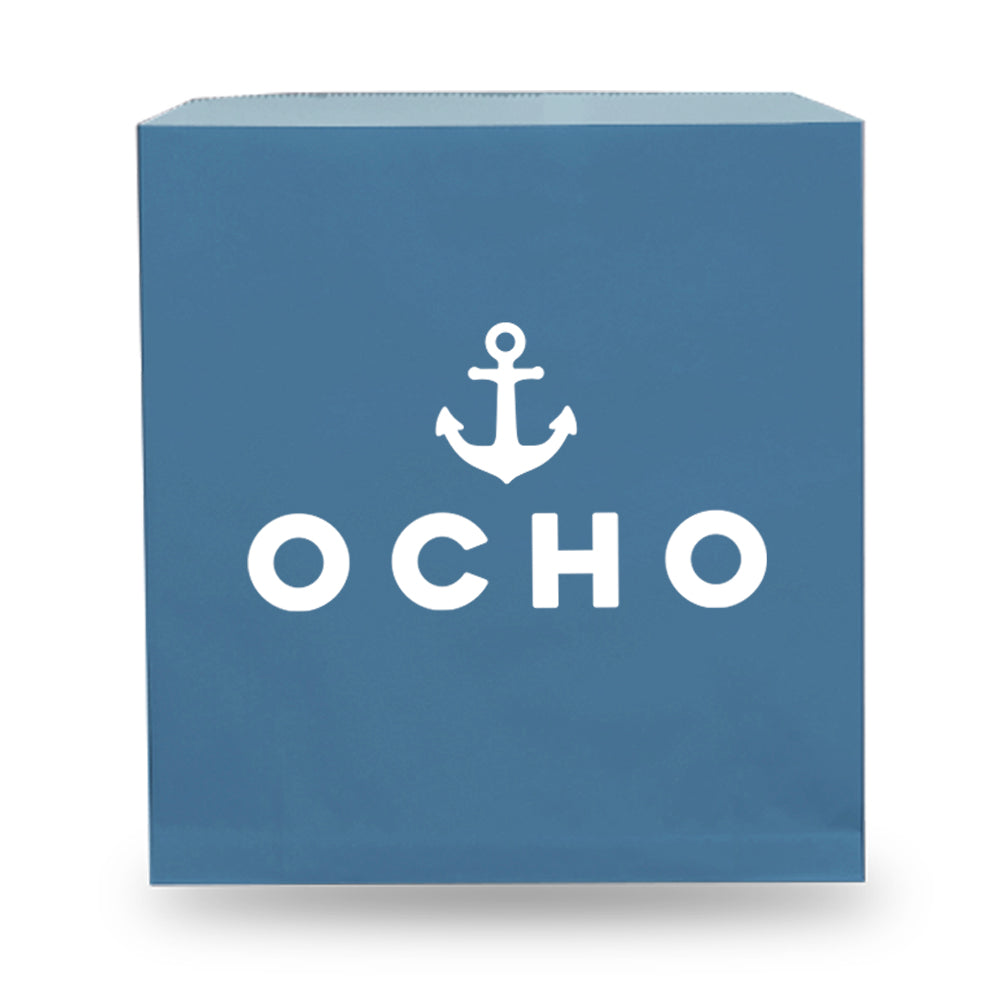The Art of Cake Box Design Elevating Sweet Treats with Aesthetics
Cake boxes are more than just containers; they are an extension of the artistry that goes into the cake itself. As baking becomes increasingly popular and consumer demand for aesthetically pleasing products rises, the design of cake boxes has taken center stage in the dessert world. A well-designed cake box not only serves a practical purpose but also enhances the overall experience of enjoying a cake. In this article, we will explore the various aspects of cake box design, delving into materials, styles, and the significance of visual appeal.
Practical Considerations in Cake Box Design
Before diving into the aesthetics, it’s essential to consider the practical elements of cake box design. The primary function of a cake box is to protect the cake during transportation and storage. Therefore, box designers must select sturdy materials that can withstand weight and prevent damage. Common materials include cardboard, which offers a balance of sturdiness and lightness, and plastic, which provides rigidity and can be more moisture-resistant.
Moreover, the size and shape of cake boxes are critical. They should accommodate different cake sizes and styles, from round tiers to square or rectangular sheet cakes. Customization is often required, as no two cakes are identical. A well-fitting box ensures that the cake stays intact and looks as delightful when it arrives at its destination as it did when it left the bakery. Ventilation is another practical consideration; strategic cutouts or designs can help prevent moisture buildup, ensuring the cake remains fresh.
Aesthetic Aspects of Cake Box Design
While functionality is crucial, the aesthetic appeal of cake boxes has become paramount in attracting customers. Innovative designs can create an emotional connection with consumers even before they taste the cake inside. The choice of colors, patterns, and graphics plays a significant role in this regard.
1. Color Color can evoke emotions and set the theme for any celebration. Pastel shades may be ideal for baby showers, while bold, vibrant colors might suit a birthday party. The box's color should complement the cake and reflect the occasion; for instance, soft hues for weddings and festive patterns for holidays.
2. Graphics and Text Including graphics on cake boxes can transform them into a branding tool. Logos, illustrations, or even images of the cake itself can make a box stand out. Additionally, text conveying a heartfelt message or event details adds a personal touch, enhancing the customer's emotional engagement. For bakeries, displaying their brand's unique style through packaging helps create a recognizable identity.
cake boxes design

3. Patterns and Textures Patterns can add a layer of sophistication to cake boxes. Floral, geometric, or abstract designs can appeal to different age groups and tastes. Textures, such as embossed or matte finishes, can enhance the tactile experience, inviting customers to interact with the packaging.
Sustainability in Cake Box Design
As environmental consciousness grows, sustainable packaging has become a significant trend in cake box design. Many consumers are now more aware of their impact on the planet and prefer eco-friendly options. Designers are exploring materials like biodegradable cardboard, recycled paper, and plant-based plastics.
Additionally, minimalistic designs that utilize fewer resources are gaining popularity. By focusing on quality over quantity, bakeries can create a more sustainable business model while appealing to eco-conscious customers. A well-designed sustainable cake box not only attracts consumers but also tells a story about the bakery's values, fostering a deeper connection.
The Future of Cake Box Design
The future of cake box design is exciting and ever-evolving. With advancements in technology, designers are experimenting with 3D printing and smart packaging that can keep track of freshness or temperature. Interactive designs, such as boxes that transform into stands, are also becoming trendy, allowing customers to display their cakes elegantly.
Furthermore, the growing influence of social media has impacted cake box design significantly. Visually striking boxes are more likely to be shared on platforms like Instagram and Pinterest, leading to increased brand visibility and customer engagement. Bakeries must consider how their packaging will look from multiple angles, especially in the age of digital sharing.
Conclusion
In conclusion, cake box design is an intricate blend of practicality, aesthetics, and sustainability. A well-crafted cake box protects its delicious contents while enhancing the overall consumer experience. As trends continue to evolve, bakers and designers must stay attuned to consumer preferences, focusing not only on the functionality of their packaging but also on its visual appeal and environmental impact. As the sweet world of baking progresses, cake boxes will undeniably remain a vital component in celebrating life's sweetest moments.



